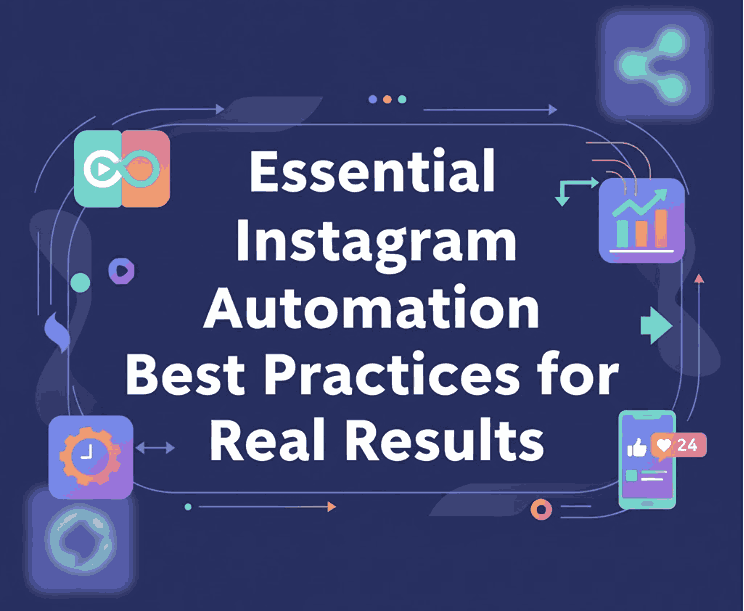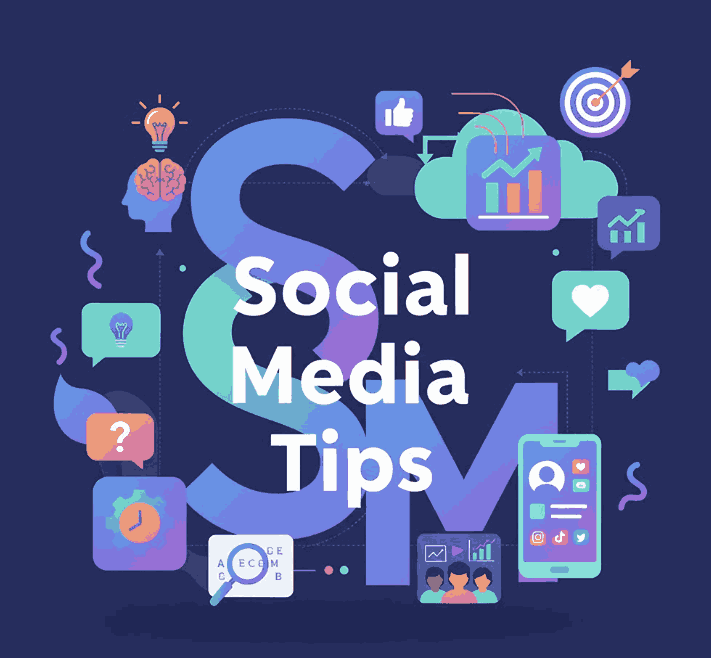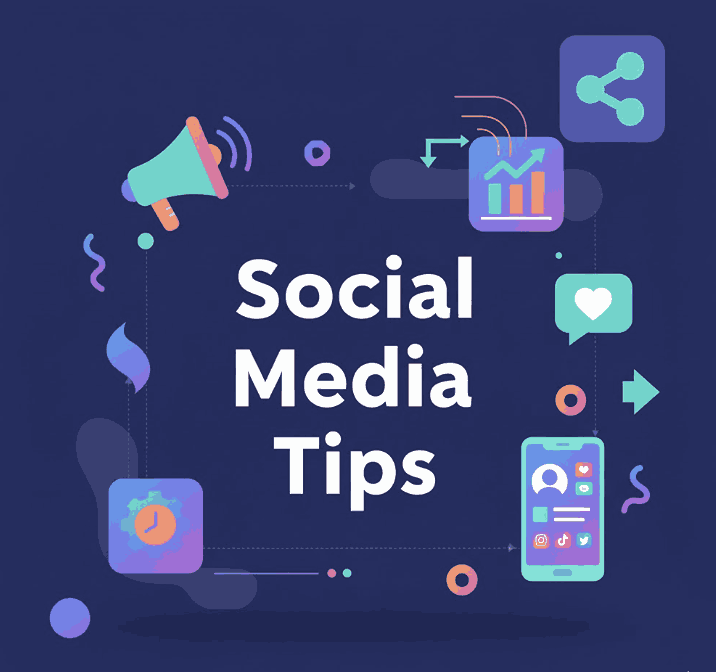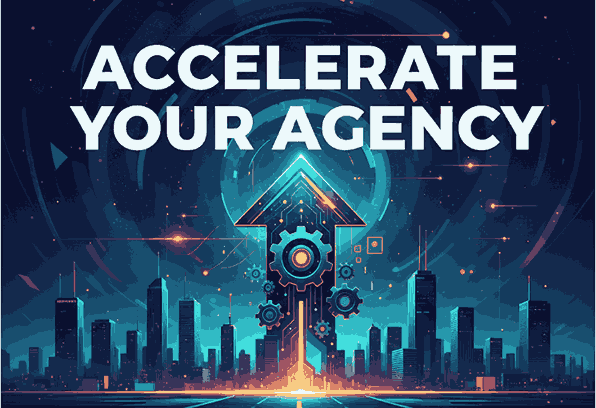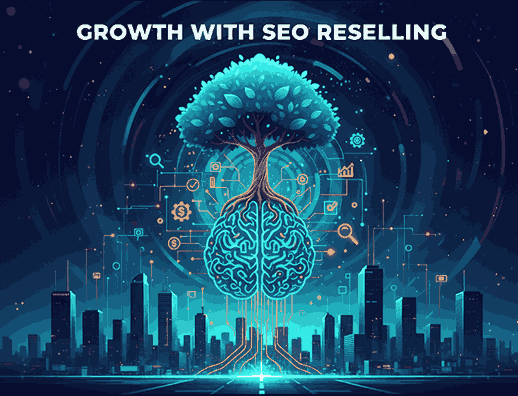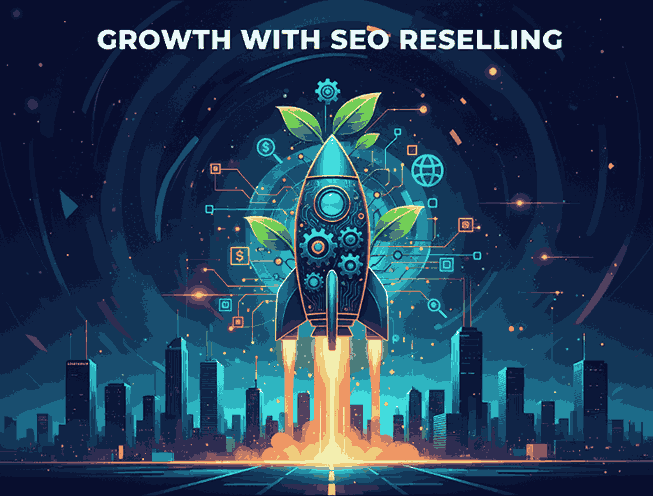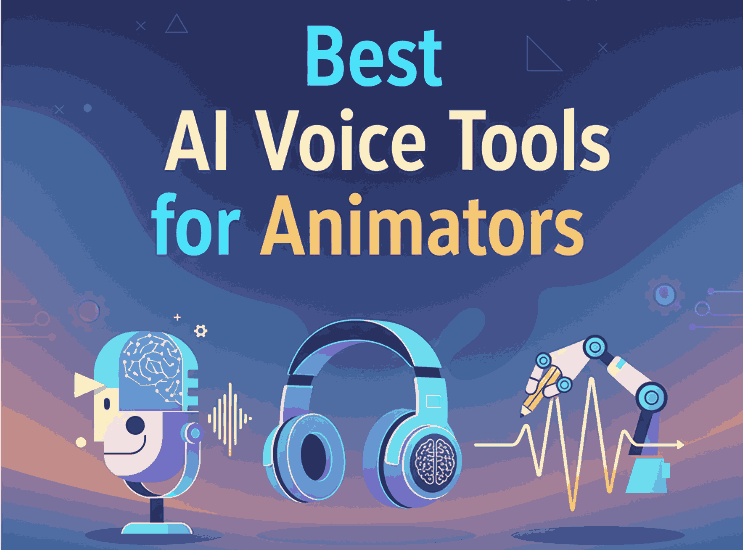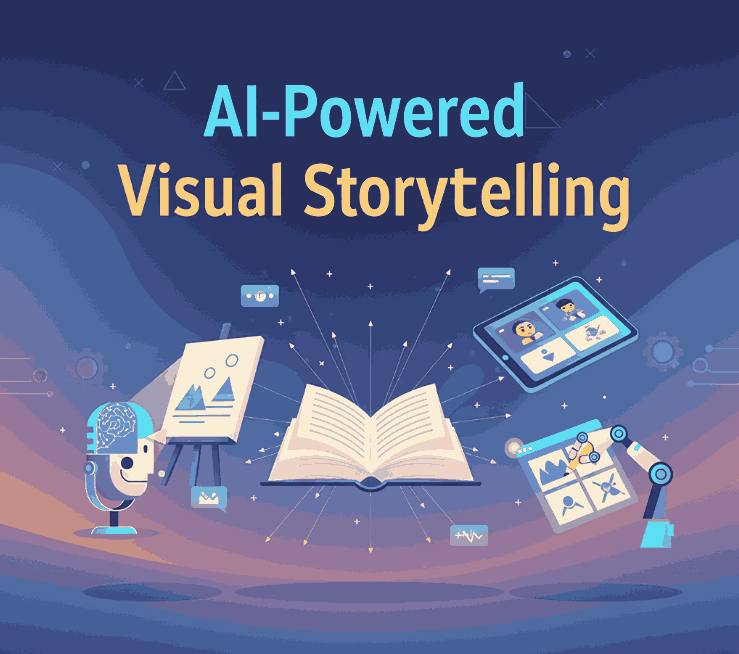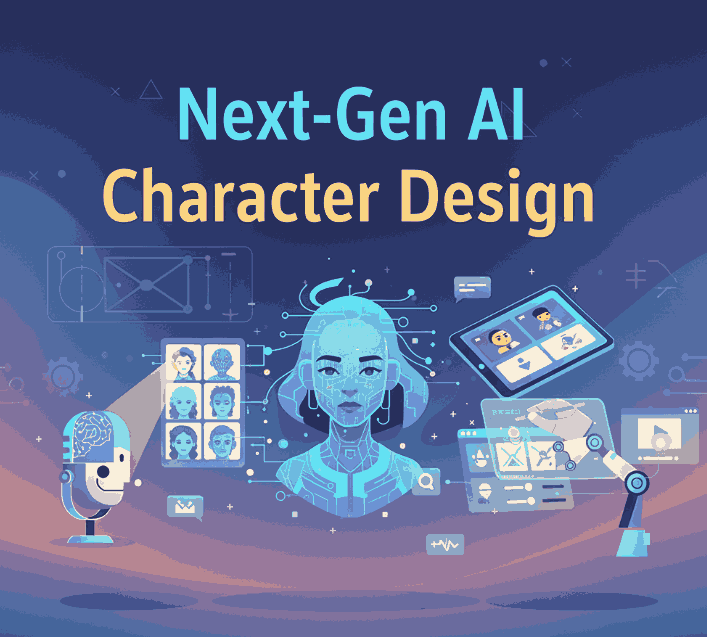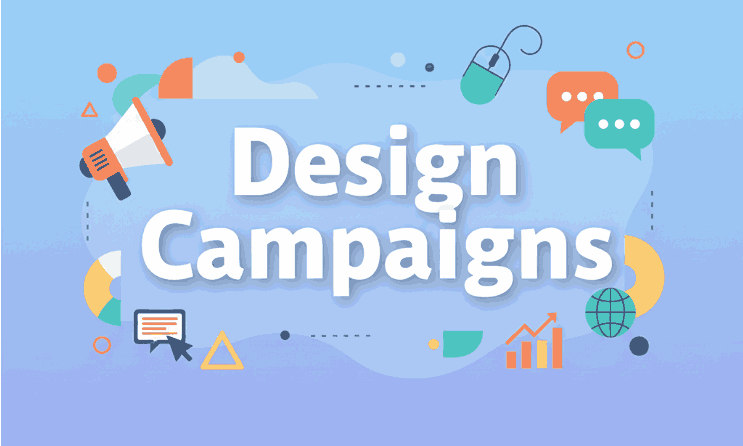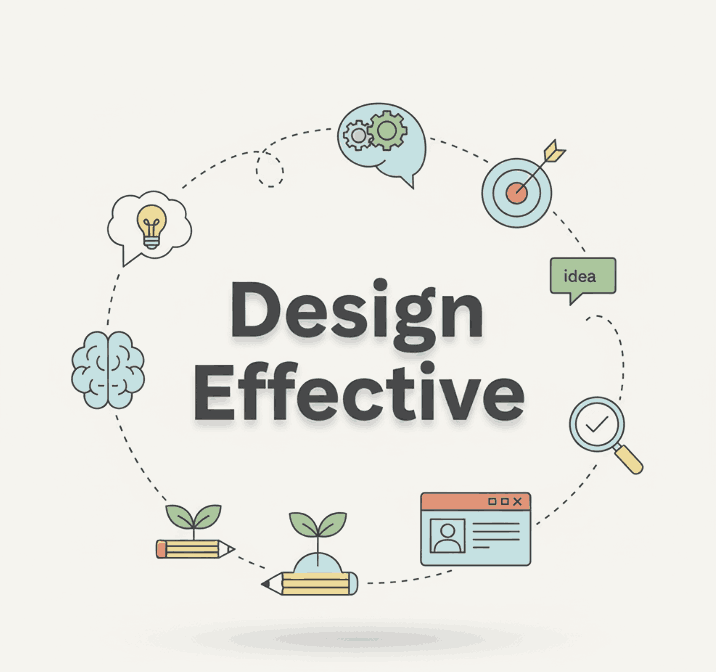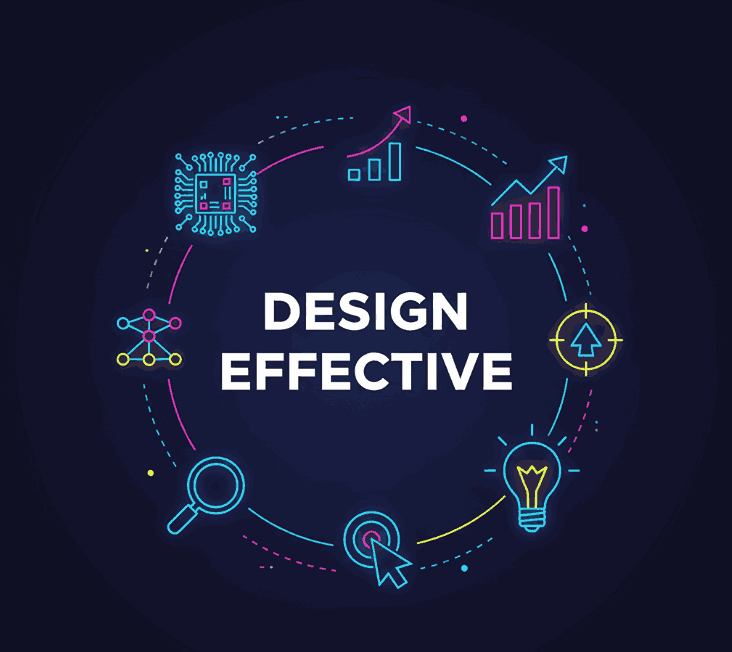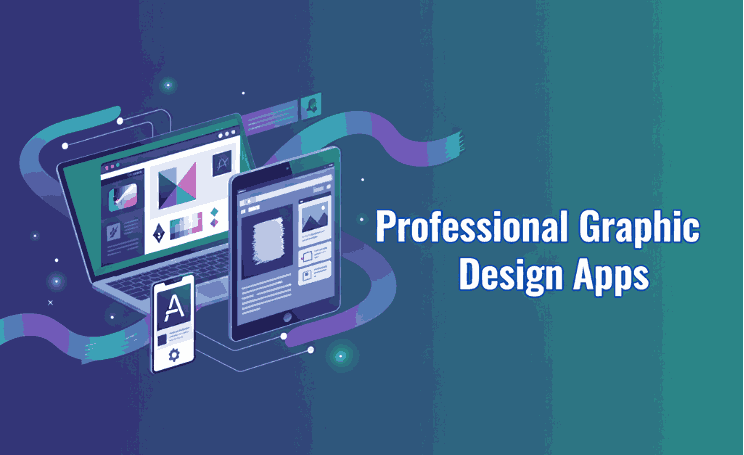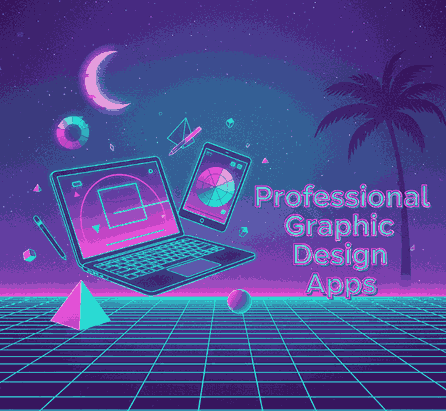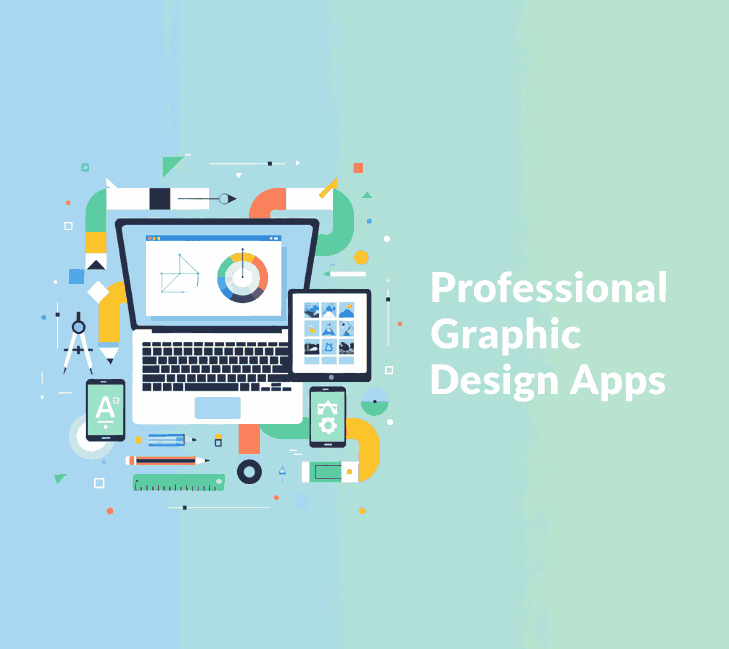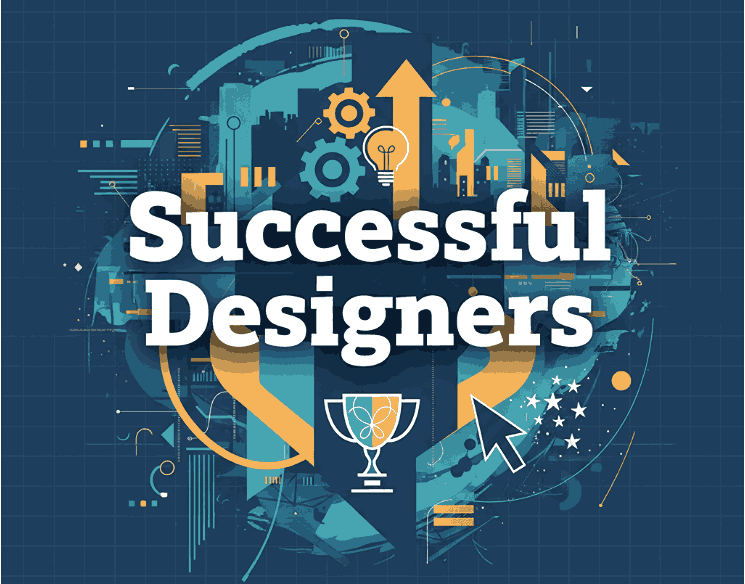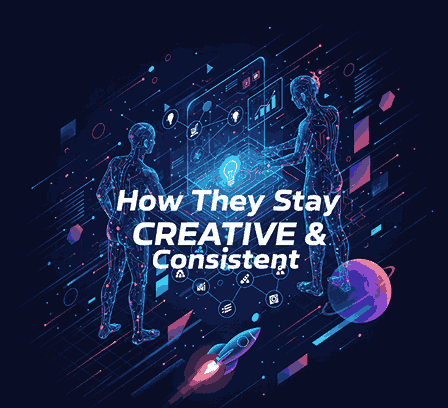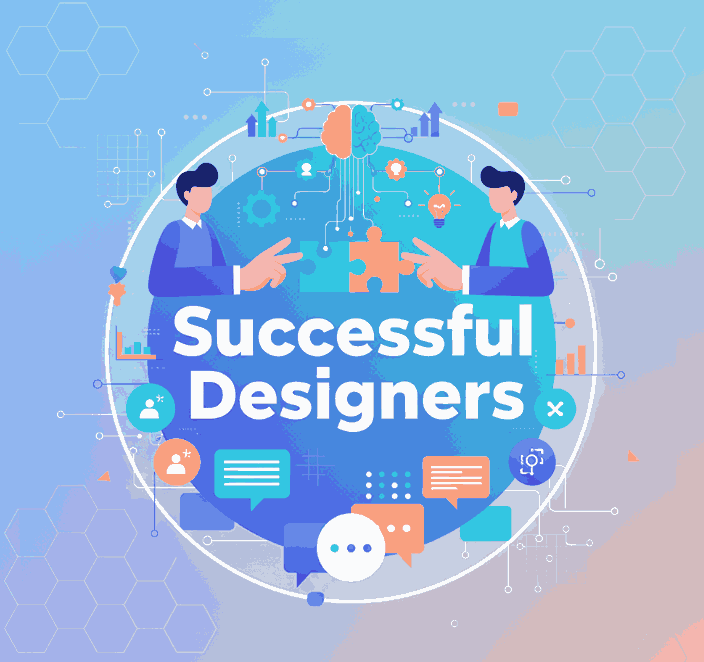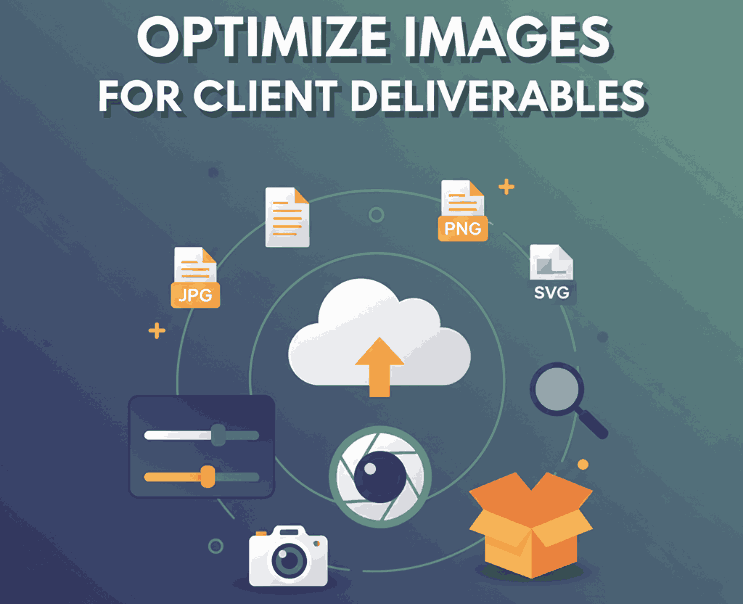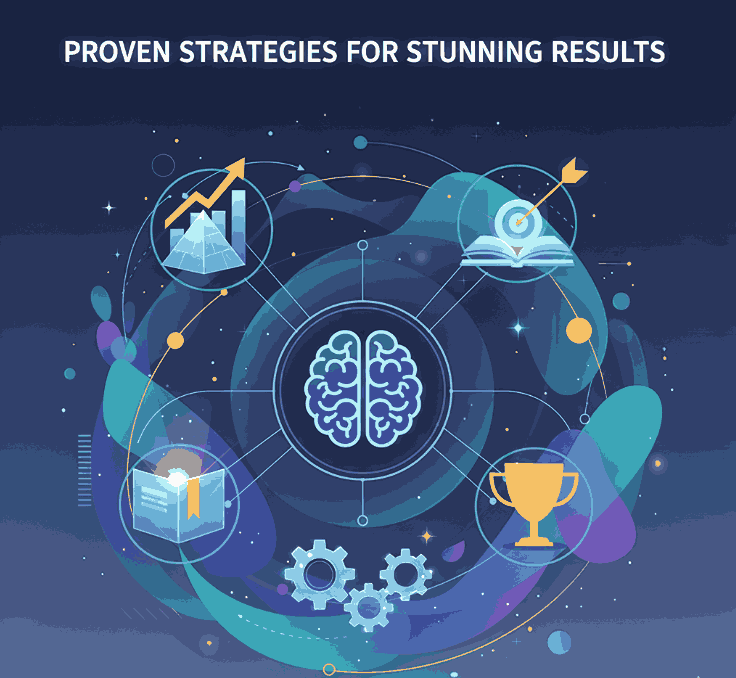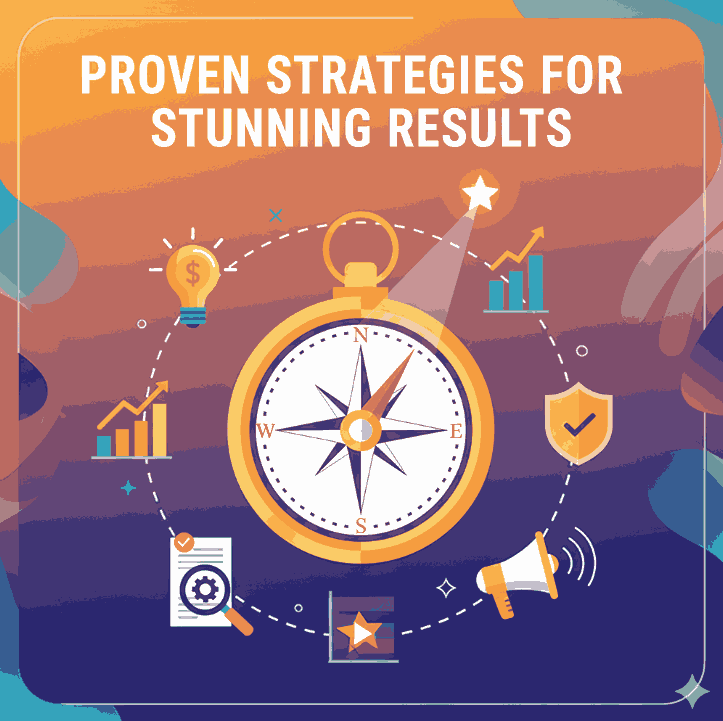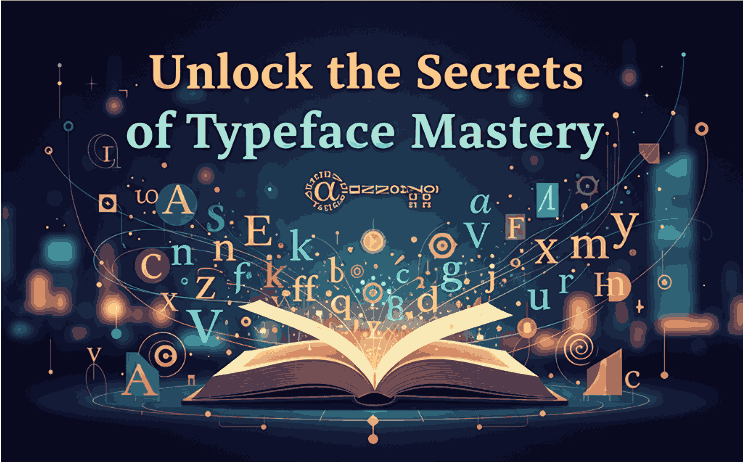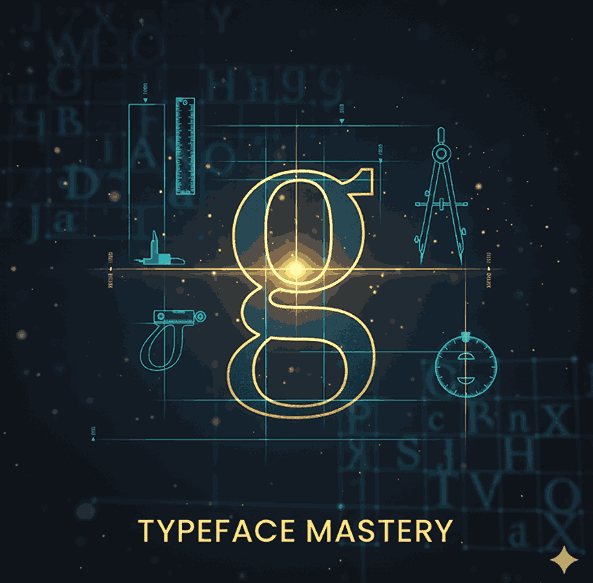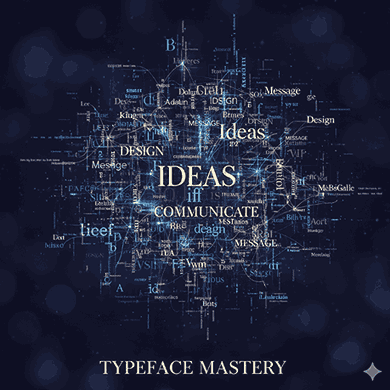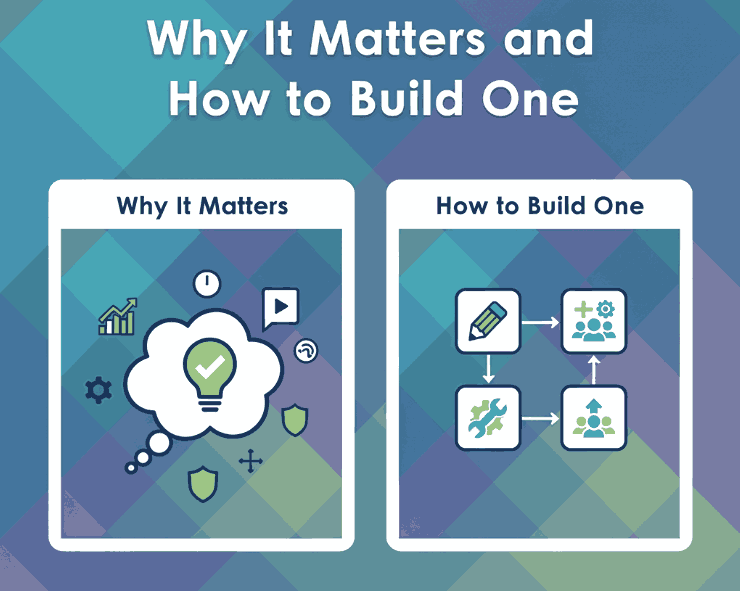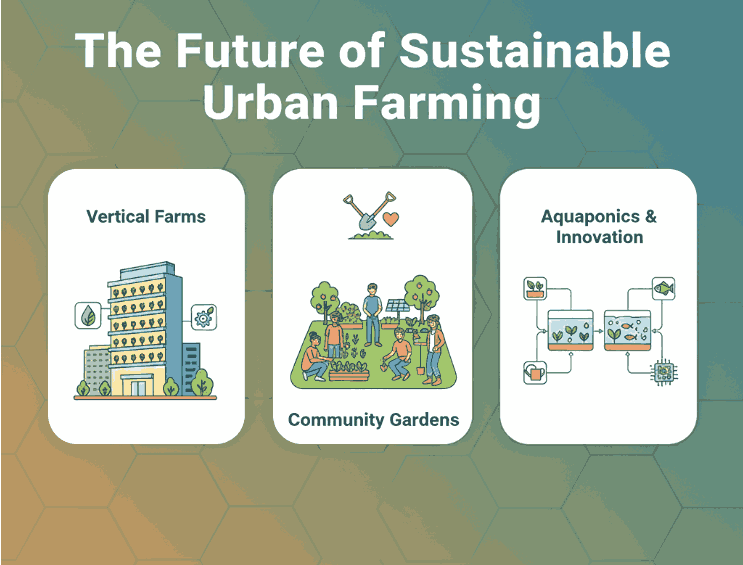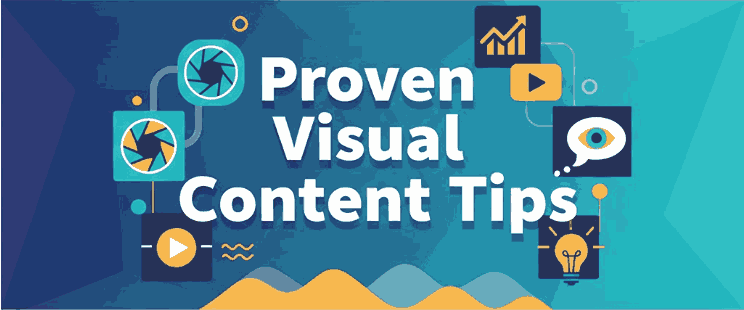
Table of Contents
- Introduction: Why Visual Content Matters
- Understanding Audience Retention in the Digital Age
- The Psychology Behind Visual Engagement
- Essential Principles to Optimize Visual Content
- How Fonts Influence Retention and Brand Identity
- Real Examples of Visual Optimization
- Font Recommendations for Engaging Visuals
- Best Tools to Improve Visual Performance
- Key Takeaways
1. Introduction: Why Visual Content Matters
In today’s fast-paced digital world, brands must learn how to Optimize Visual Content Audience effectively to stand out and retain attention. Visuals are no longer just decorative — they play a crucial role in how people engage with your message, remember your brand, and decide whether to take action. From social media posts to website graphics, the way you craft and deliver visuals determines how long your audience stays connected. In this article, we’ll explore proven strategies to help you design eye-catching visuals that boost retention and maximize audience engagement.
2. Understanding Optimize Visual Content Audience Retention in the Digital Age
Audience retention refers to how long viewers stay engaged with your content. High retention indicates strong visual appeal and message clarity. Platforms like Instagram, YouTube, and websites all measure this metric to understand user behavior.
A visually optimized page makes it easy for users to absorb information, connect emotionally, and continue exploring. Without it, even the best-written content can go unnoticed.
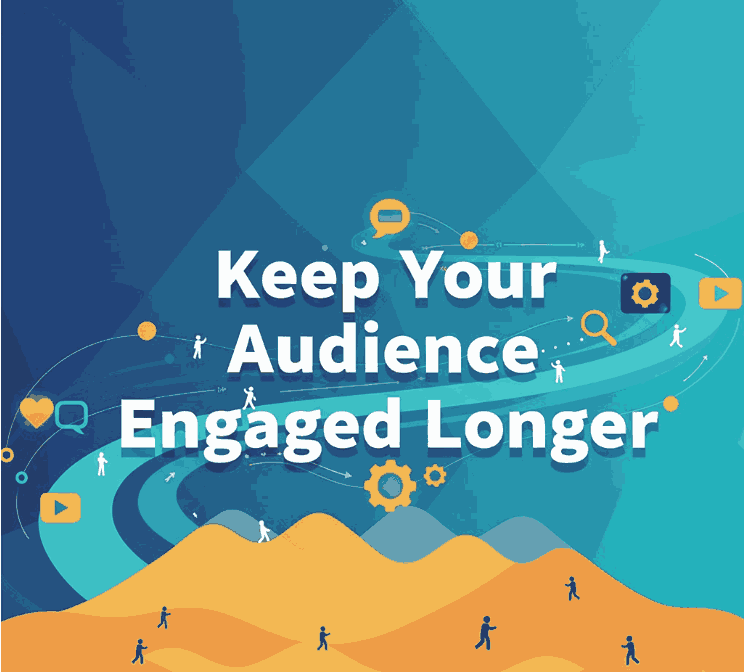
3. The Psychology Behind Visual Engagement
Humans process visuals 60,000 times faster than text, according to studies from the 3M Corporation. Color, typography, and composition all influence perception. Visuals trigger emotional responses that determine whether users click, share, or convert.
When your Optimize Visual Content Audience enjoys your content visually, their brains associate it with pleasure and trust—critical factors for retention and brand loyalty.
4. Essential Principles to Optimize Visual Content Audience
Here are key design strategies to ensure your visuals boost audience retention:
- Use consistent color schemes that align with your brand identity.
- Maintain visual hierarchy with clear contrast between headings, images, and call-to-actions.
- Incorporate white space to give the design breathing room.
- Compress and optimize image sizes for faster page loading—Google ranks speed as a major SEO factor.
- Use authentic imagery—avoid generic stock photos that feel impersonal.
5. How Fonts Influence Retention and Brand Identity
Typography is often the unsung hero of visual design. The right font style conveys tone, trust, and creativity. A mismatched font can confuse readers and reduce retention.
Here are some examples of high-performing, engaging fonts you can use:
- Boby Font – playful and modern, perfect for lifestyle visuals.
- Aeromove Font – elegant and futuristic, ideal for tech or design content.
- Magic Stunning Font – expressive and artistic, excellent for creative campaigns.
By integrating these fonts into banners, headers, and social media graphics, you create memorable visual consistency that keeps audiences coming back.
6. Real Examples of Visual Optimize Visual Content Audience
Brands like Canva, Spotify, and Mailchimp are excellent examples of companies that master visual optimization.
- Canva uses clean layouts and color gradients that make users feel inspired and focused.
- Spotify’s personalized visuals (like Wrapped) make data visually engaging and shareable.
- Mailchimp uses friendly illustrations and distinctive typography to retain attention while explaining complex marketing concepts.
These brands prove that well-optimized visual design not only looks good—it retains users.
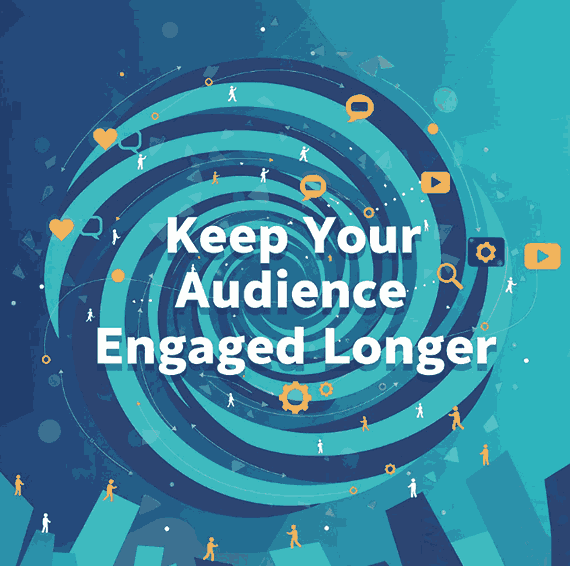
7. Font Recommendations for Engaging Visuals
To enhance Optimize Visual Content Audience retention, choose fonts that are readable, emotionally aligned with your message, and stylistically unique.
Pro tip: Pair a display font (for headings) with a clean sans-serif or serif (for body text) to maintain visual balance.
For example:
- Combine Magic Stunning Font for headlines with Open Sans for body text.
- Or use Aeromove Font in hero banners and Roboto for content sections.
8. Best Tools to Improve Visual Performance
Optimize Visual Content Audience goes beyond design—it involves performance tracking and user experience tools.
Here are some trusted tools:
- Canva – for fast, high-quality visual creation.
- TinyPNG – for image compression without losing quality.
- Hotjar – to track user behavior and see how they interact with visuals.
- Google PageSpeed Insights – to measure and optimize load times.
9. Key Takeaways
Optimize Visual Content Audience retention is about more than good design—it’s about crafting an experience that connects.
Remember:
- Keep visuals consistent with your brand tone.
- Use engaging fonts that express your message.
- Prioritize usability and page speed.
- Continuously test and refine your designs.
When visuals are optimized strategically, your content doesn’t just attract visitors—it retains and converts them.
Authoritative References
To improve article credibility and SEO authority, include the following links:

